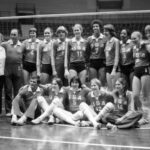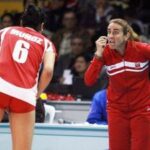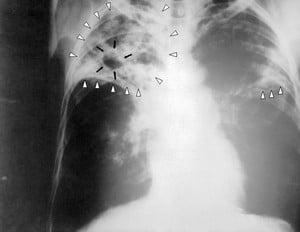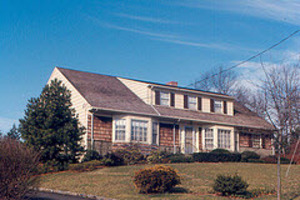Many years ago when my daughter was about 12, and was growing quite tall, she began to complain of knee pain. She was a very active athlete and played basketball, volleyball and softball. She had been a pitcher for several years and the pain began one summer during fastpitch softball. At a trip to see the doctor, we learned she had Osgood Slaughter Disease. I had never heard of the condition at that time, but through the years, I began hearing more about it, mainly because both boys and girls were beginning to be in many more sports.
Osgood Slaughter Disease is the inflammation of the patellar tendon where the knee meets the top of the tibia (shinbone). The condition is caused by stress on the tendon that attaches the muscle at the front of the thigh to the tibia. It is probably caused by the powerful quadriceps muscle pulling on the attachment point of the patellar tendon during running activities such as soccer, basketball, track and other sports and in gymnastics and ballet.
The symptoms associated with Osgood Slaughter Disease is swelling and tenderness in the knee joint. It is most common in active children aged 10-15. It is the most common source of knee pain in children. Both males and females are equally vulnerable now, but at one time, the condition was found mainly in boys. It is always characterized by activity-related pain that is located a few inches below the knee cap. Sports that require a lot of running, jumping kneeling and squatting are particularly associated with Osgood Slaughter Disease.
The three main factors of the disease are:
1. The child is between 10 and 15 years old
2. The child is involved in youth sports
3. The child is in a ‘growth spurt’
In a Finnish research study, it was found that 13% of the teenagers in Finland had symptoms of Osgood-Slaughter Disease. The disease was named after two physicians who defined the disease in 1903. About 2 million boys and girls in the United States contract Osgood-Slaughter Disease yearly.
Until recently, the only treatment for Osgood-Slaughter Disease was anti-inflammatory drugs in conjunction with rest, ice, compression bandage (elastic bandage), and elevation of the affected leg. This treatment is known as “RICE”. Now, a new product called Oscon is being used and it appears to work on a variety of levels to treat the condition. People are also using over-the-counter remedies such as glucosamine, MSM, chondroitin and selenium with very good results. Pain relievers such as aspirin or ibuprofen (Advil, Motrin) may reduce the pain and swelling.
To treat Osgood-Slaughter Disease, your child’s doctor may suggest that he or she cut down on time spent playing sports until the pain has been gone for 2 to 4 months. Some physicians recommend the basic treatment “RICE”, or even the use of a brace that will reduce tension on the patellar tendons and quadriceps.
One preventative measure, that may help the disease from happening again, is exercises to strengthen the quadriceps and hamstring muscles. Your doctor may prescribe exercises such as straight-leg raises, leg curls and quadriceps contractions for your child to do at home to help prevent further problems.
In some cases, if the child ignores the pain and plays through it, the disease may get worse and may be more difficult to treat. Only rarely, Osgood Slaughter Disease persists beyond the growth stage and in most people, Osgood-Slaughter Disease goes away on its own with rest and time.






